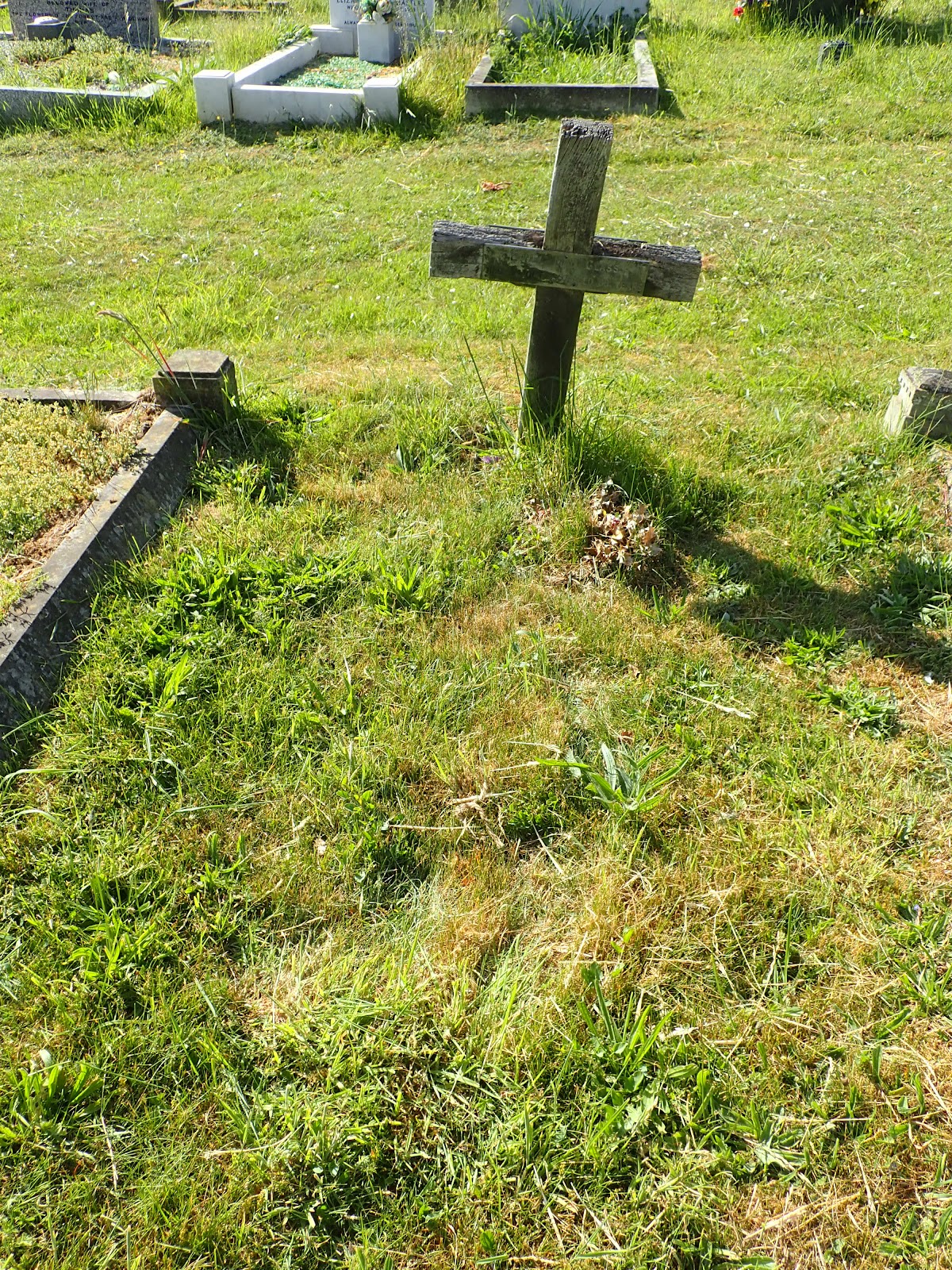Hitchin Cemetery May 2022
Hitchin Cemetery May 2022
The cemetery is in three roughly equal sections with the oldest part towards Whitehill Road and the newest towards The Three Moorhens. These articles on the cemetery wildlife usually concentrate on the oldest section which is largely Victorian and richest area for wildlife. One key plant in the oldest part is Yellow Rattle, so called because when its seed pods are ripe they make a rattling noise when shaken. Yellow Rattle is partly parasitic on grasses and it helps keep them in check thus allowing other flowers to flourish and so it is important in increasing biodiversity: take a walk around the cemetery in summer and you can see it in action.
The "middle" section of the cemetery has more monuments and grave stones and has a slightly more formal atmosphere, but there are areas where flowers are allowed to run riot and are a delight to behold such as this area of Oxeye Daisies and Red Valerian.
This middle area of the cemetery has at least one wooden memorial, presumably wooden memorials used to be fairly usual, especially in the oldest part of the cemetery but decay with time. This one to Ethel May Glass has been there since 1957 but even if the cross crumbles there is a cemetery plan which allows everyone's plot to be identified whether or not there is a marker.
The oldest area of the cemetery has the greatest diversity of plants and other wildlife with borders planted to provide extra interest. Here a grave supports Purple Toadflax, a plant which has spread naturally and is loved by Bees and also by Toadflax Brocade Moth caterpillars.
The Toadflax Brocade moth adult is much less showy than its caterpillar!
One or two graves have been nearly invisible under long grass and were cleared over winter and seeded with some wildflower mix (obtained free from the Buglife charity). The 'before' photo shows a hidden plot in winter and the 'after' was on May 1st when the seeds were sprouting and it should be in full bloom in June.
Flowers which are somewhat more showy during May included bright orange Californian Poppies and Salsify both of which enjoy full sun.
A couple of plants which are a bit less showy as they are small and hug the ground are the lemon coloured Mouse-Ear Hawkweed and Thyme Leaved Speedwell. These are yet more of the plants which occur naturally in the cemetery, indicative of unimproved grassland and are not widely encountered elsewhere.
A very unusual ornamental tree which flowers in May is the Carolina Buckeye, a member of the Horse Chestnut family with distinctive yellow flowers.
The unwelcome Box Moth caterpillars began their work in April and are now having a very noticeable effect in the cemetery on the many Box bushes which the volunteer Friends of St. John's Cemetery group have spent years of effort training into pleasing shapes. Hopefully the bushes will survive the attack.
On a more positive note the recently installed Bee Hotel has been popular with lots of the larger holes filled with cocoons and then sealed up, however the pictured Grey Patched Mason Bee spotted nearby won't be using the hotel as it makes it nest in the ground. The Bee Hotel might attract Leaf Cutter Bees in summer in the larger holes and other insects in the smaller holes.
Take a wander round the cemetery any time of the year, but things will be buzzing this summer with insects like this Honey Bee taking advantage of the blue Ceanothus.
























Comments
Post a Comment